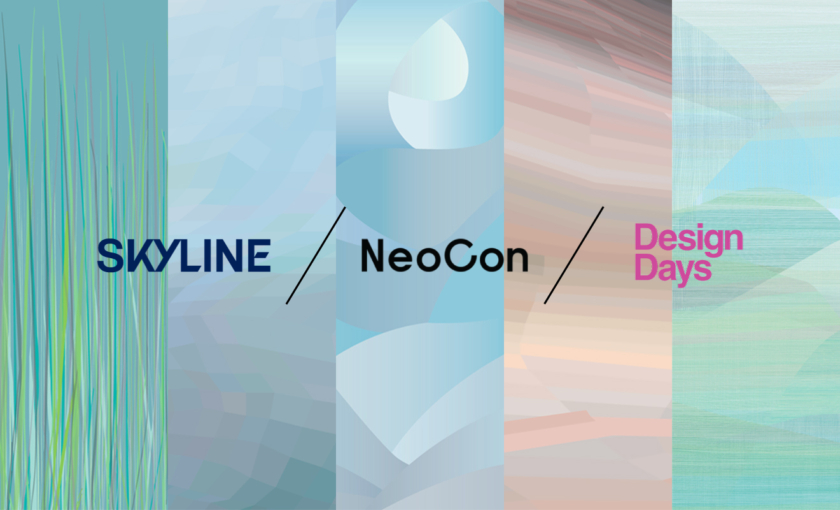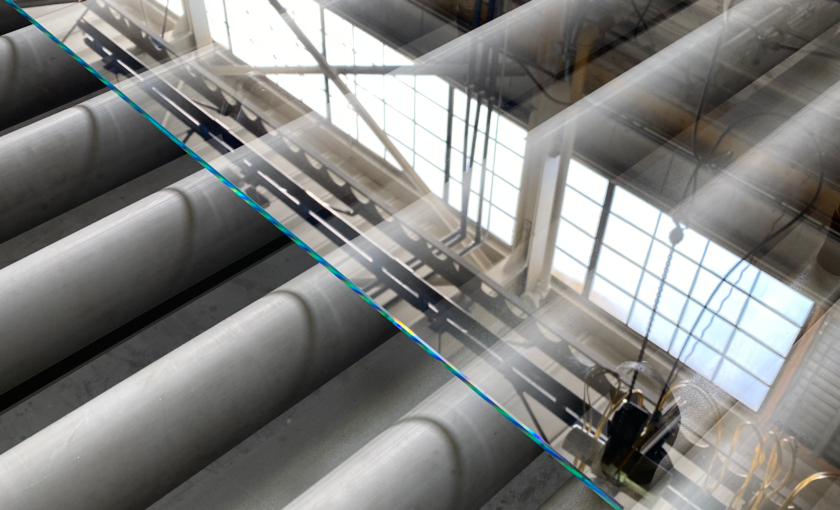In the realm of architectural design and construction, the choice of materials can significantly impact a building’s performance, aesthetics, and overall functionality. One material that’s gaining increasing attention in this field is Ethylene Vinyl Acetate (EVA) film. Traditionally used in industries like automotive and solar energy, EVA film is now making a name for itself in architectural glass applications. This blog post delves into the numerous benefits of EVA film, exploring how it enhances energy efficiency, safety, aesthetics, sound insulation, customizability, and cost-effectiveness in building projects.
1. Energy Efficiency
Energy efficiency is a critical concern in modern architecture, especially with rising energy costs and increasing environmental awareness. EVA film contributes significantly to improving the energy efficiency of buildings. When applied to glass, EVA film enhances the thermal insulation properties of the glass panels. This improvement helps in maintaining a stable indoor temperature by minimizing heat loss in winter and reducing heat gain in summer.
The effectiveness of EVA film in energy conservation is primarily due to its ability to reduce thermal transmittance. By integrating EVA film into glass structures, buildings can achieve better insulation, which translates to lower energy consumption for heating and cooling. This not only results in cost savings for building owners but also contributes to a more sustainable and eco-friendly construction practice. With regulations and standards becoming increasingly stringent, incorporating EVA film can help meet or even exceed energy efficiency requirements.
2. Safety and Security
Safety is a top priority in architectural design, and EVA film plays a crucial role in enhancing the safety of glass installations. One of the most significant advantages of EVA film is its impact resistance. The film’s adhesive properties help to hold shattered glass together in the event of a breakage, preventing dangerous shards from scattering. This feature is particularly important in areas where the risk of accidental impacts or vandalism is high.
In addition to protecting against breakage, EVA film also contributes to the overall security of a building. The added layer of film makes it more challenging for intruders to penetrate glass windows and doors. This added security measure can be particularly beneficial in commercial buildings, schools, and other high-traffic areas where safety and protection are paramount.
3. Aesthetic Appeal
Architectural design is not just about functionality; aesthetics play a significant role in creating spaces that are visually appealing and harmonious. EVA film offers a range of aesthetic benefits, allowing architects and designers to enhance the visual appeal of glass installations. The film can be applied in various colors providing boundless design possibilities.
For instance, colored tints can be applied to achieve specific design themes or to match the building’s overall color scheme. The film’s ability to maintain high levels of light transmission while adding decorative elements to the glass makes it a versatile tool for achieving both functional and aesthetic goals.
4. Sound Insulation
Noise pollution is a growing concern in urban environments, and effective sound insulation is crucial for creating comfortable working spaces. EVA film excels in this area by providing superior sound insulation compared to other materials like Polyvinyl Butyral (PVB). The film’s denser structure helps to dampen sound transmission through glass, creating quieter indoor environments.
This improved sound insulation can be particularly beneficial in settings such as office buildings, hotels, and healthcare facilities. By reducing external noise and minimizing the impact of sound within the building, EVA film contributes to a more peaceful and comfortable atmosphere. For designers and builders aiming to enhance acoustic performance, EVA film offers a practical and effective solution.
5. Customizability
One of the standout features of EVA film is its customizability. Available in various thicknesses, formulations, and finishes, EVA film can be tailored to meet the specific requirements of any project. This flexibility allows architects and builders to select the most appropriate film for their needs, whether it’s for enhancing durability, improving thermal performance, or achieving a particular aesthetic.
The ability to customize EVA film extends beyond just thickness and formulation. The film can also be tailored to meet specific environmental and regulatory standards. For example, certain formulations of EVA film are designed to enhance UV resistance or meet fire safety requirements. This level of customization ensures that the film can be adapted to a wide range of applications and conditions, providing a high degree of versatility.
6. Cost-Effectiveness
Budget considerations are always a key factor in construction projects, and EVA film offers a cost-effective alternative to other materials like PVB film. Despite its superior performance in various areas, EVA film is often more affordable than PVB, making it an attractive option for many projects.
The cost-effectiveness of EVA film is not only due to its lower material costs but also because of its longevity and durability. EVA film’s ability to enhance the performance of glass in terms of energy efficiency, safety, and sound insulation means that it can provide long-term value and savings. For builders and project managers looking to balance performance and budget, EVA film represents a smart investment.
7. Environmental Impact
As sustainability becomes an increasingly important focus in construction, the environmental impact of materials is under scrutiny. EVA film contributes to sustainable building practices by improving the energy efficiency of buildings, which in turn reduces their carbon footprint. By helping to reduce energy consumption for heating and cooling, EVA film supports green building initiatives and contributes to environmental conservation.
Additionally, EVA film’s long lifespan and durability mean that it does not need to be replaced frequently, which reduces waste and the need for replacement materials. This longevity, combined with its energy-saving benefits, makes EVA film a choice that aligns well with environmentally conscious construction practices.
8. Applications and Use Cases
EVA film is versatile and can be applied in a variety of architectural settings. Its benefits make it suitable for use in both commercial and institutional buildings. Here are a few specific applications and use cases where EVA film can be particularly advantageous:
High-Rise Buildings: In skyscrapers and high-rise buildings, EVA film can enhance safety by holding glass together in the event of breakage and improve sound insulation to create quieter indoor spaces.
Commercial Spaces: For office buildings and retail spaces, EVA film can add aesthetic appeal while improving energy efficiency and reducing noise levels.
Healthcare Facilities: EVA film’s sound insulation and safety features are beneficial in hospitals and clinics, where a quiet and safe environment is crucial.
EVA film has proven to be a valuable addition to architectural glass applications, offering a range of benefits that extend beyond traditional materials. Its ability to improve energy efficiency, enhance safety, provide aesthetic flexibility, and offer sound insulation makes it a versatile and practical choice for modern building projects. Moreover, its cost-effectiveness and environmental advantages further solidify its position as a smart choice for architects and builders.
As the demand for innovative and sustainable building solutions continues to grow, EVA film stands out as a material that meets both performance and aesthetic requirements. Whether you’re designing a new building or upgrading an existing one, considering EVA film could be the key to achieving a balance of functionality, style, and sustainability in your glass installations.


